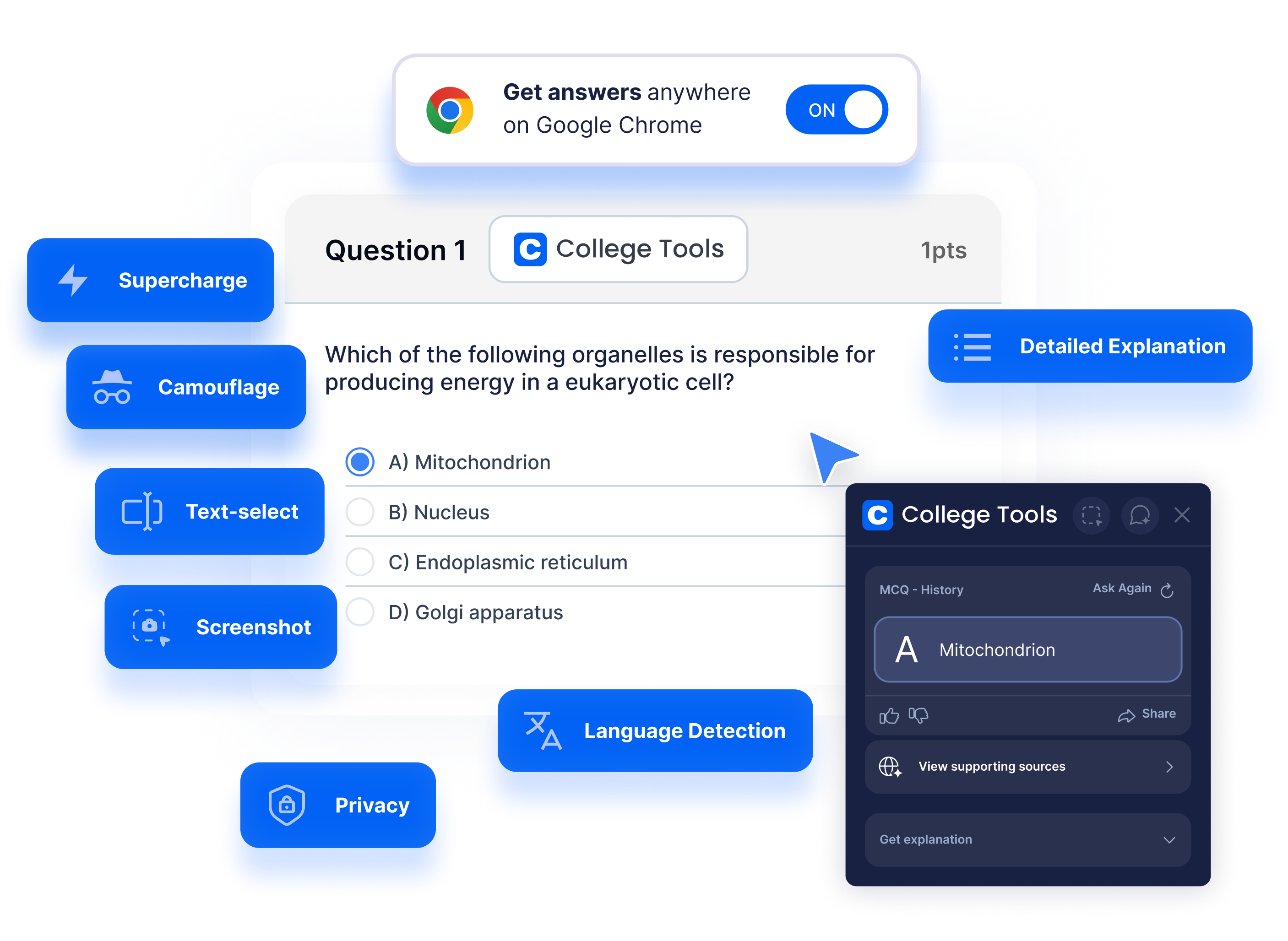Step 1: Understand AI problem solvers.
An AI problem solver is a tool takes your input (be it a typed question or an uploaded image) and solves it using the training data the robot was created on.
In my days (I'm old now), we used to turn to our trusty scientific calculators for graphing questions.
Now, we have tools that analyze your graphs and solves them on the fly. If you ask it to, it will also give a step-by-step explanation on how it came to the answer.
Now that's awesome.
Step 2: Select a suitable tool.
Not all the AI out there are created equal. Here's how to select the best one for you:
- Know what topic(s) you need help with: Although some AI problem solver tools are subject-specific, you need to confirm that the tool is all-encompassing. So for maths, it needs to be able to solve everything from algebra to calculus.
- Read user reviews: Although not fool proof, this can give you a pretty good idea of the potential problems you might run into before you buy into it.
- Consider the costs: Some are free, while others charge by credits or work on a subscription model. Look for options that fit your budget but also do the thing you need it to.
- Evaluate Ease of Use: Again, this can be seen through the testimonials of the product before you commit. Though what's easy for me might not be user-friendly to you, so you kind of need to take a risk with this.
I suggest taking advantage of free trials so get a sample prior to committing.

Step 3: Input Your Homework into the solver.
Most tools offer several ways to put in your problems:
- Typing it in: This is the fastest for straightforward questions.
- Upload a document: If you have a worksheet or PDF, attach it directly.
- Take a photo: If you can't be bothered with the previous two steps, just snap a picture and be done with it.
If you do choose option 3, make sure all your writing is neat and tidy so that there's no interpretation errors.
College Tools actually offers an AI homework helper picture tool that completely streamlines this photo-taking functionality if you want to check it out.
Step 4: Let AI do its thing.
Once you get the question in, the AI math help tool might need to think about your problem before it produces a solution. Allow it to do that, then generally, it will show you:
- The answer
- A step-by-step explanation
- The breakdown of the concepts used
Step 5: Review what the AI has spat out.
Don't just copy the answer. Rather:
- Read the notes slowly: This is the hard part that most people don't do.
- Ask follow-up questions: If you're confused about anything, ask AI to clarify any doubts.
Learning the process is key here.
Step 6: Keep It Simple
When you're prompting you want to make your commands as simplified as possible.
Good punctuation can help here too. Often it will be best to break down complicated questions into more digestible parts.
If you ask a multi-layered question, prepare for an incomplete or incorrect answer.
Here's how to avoid this:
-
Do one topic at a time: Section off your questions if you will.
-
Be as specific as you can: Ensure there’s no ambiguity in what you're referring to.

Step 7: Use the solver as if it were an encyclopaedia.
AI will discuss anything you ask it to for days. That's the beauty of it. Gone are the days where we would boot up Wikipedia for all of our resource needs.
We now have a problem solving genius at the tip of our fingertips, ready to spring into action at a moment's notice.
I suggest asking it to "have the imagination of a five-year-old, because it can do that, and it can do it very well.
Conclusion
Back in my day, we relied on good old calculators to solve complex problems.
They were the go-to tool for anything graphical to trigonometry. It wasn’t as easy as just snapping an image or typing a question into an AI.
I remember the satisfaction of manually working through equations, and watching the numbers slowly come together. Now, AI math help apps can solve problems instantly, breaking everything down step-by-step.
It’s incredible how far things have come, but there’s something nostalgic about those simpler times when a good old calculator was all we needed to get the job done.













